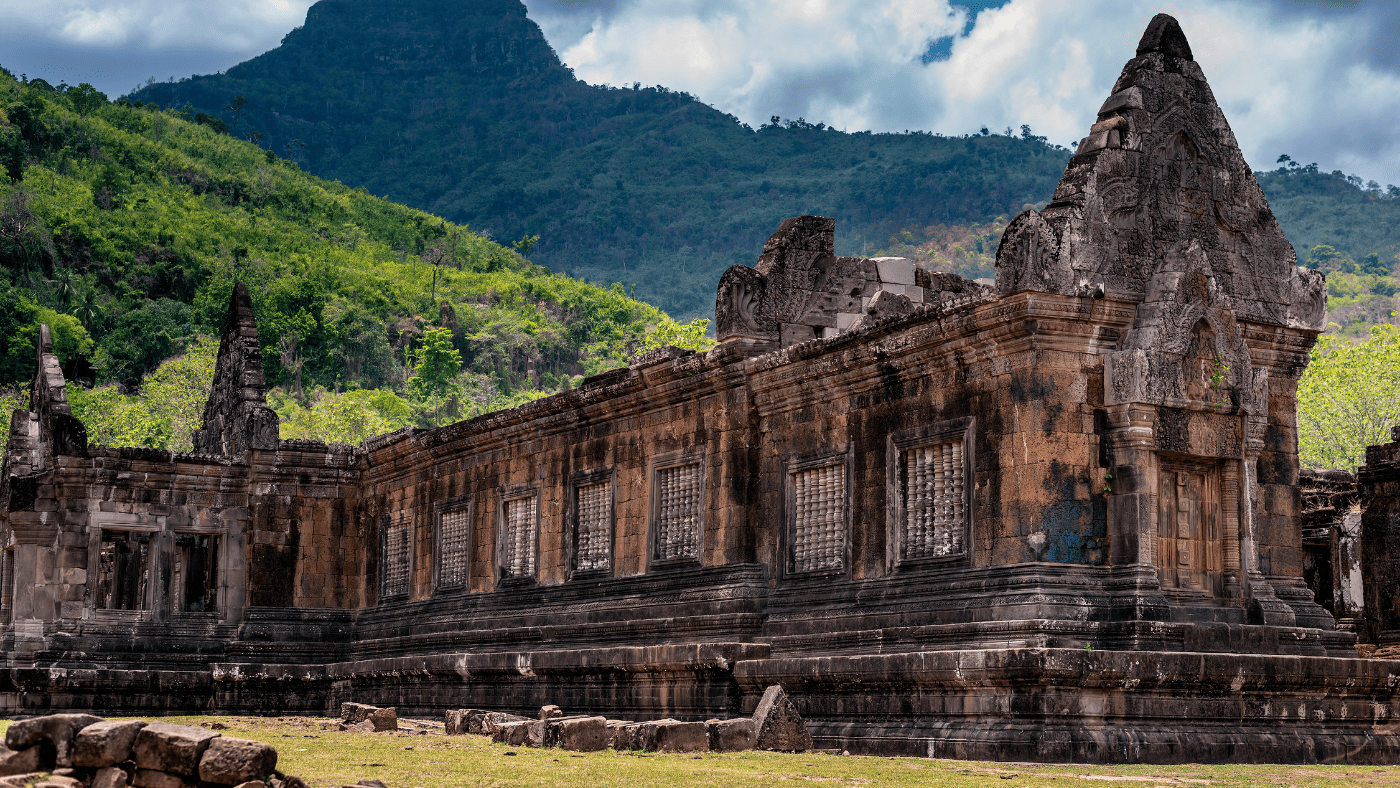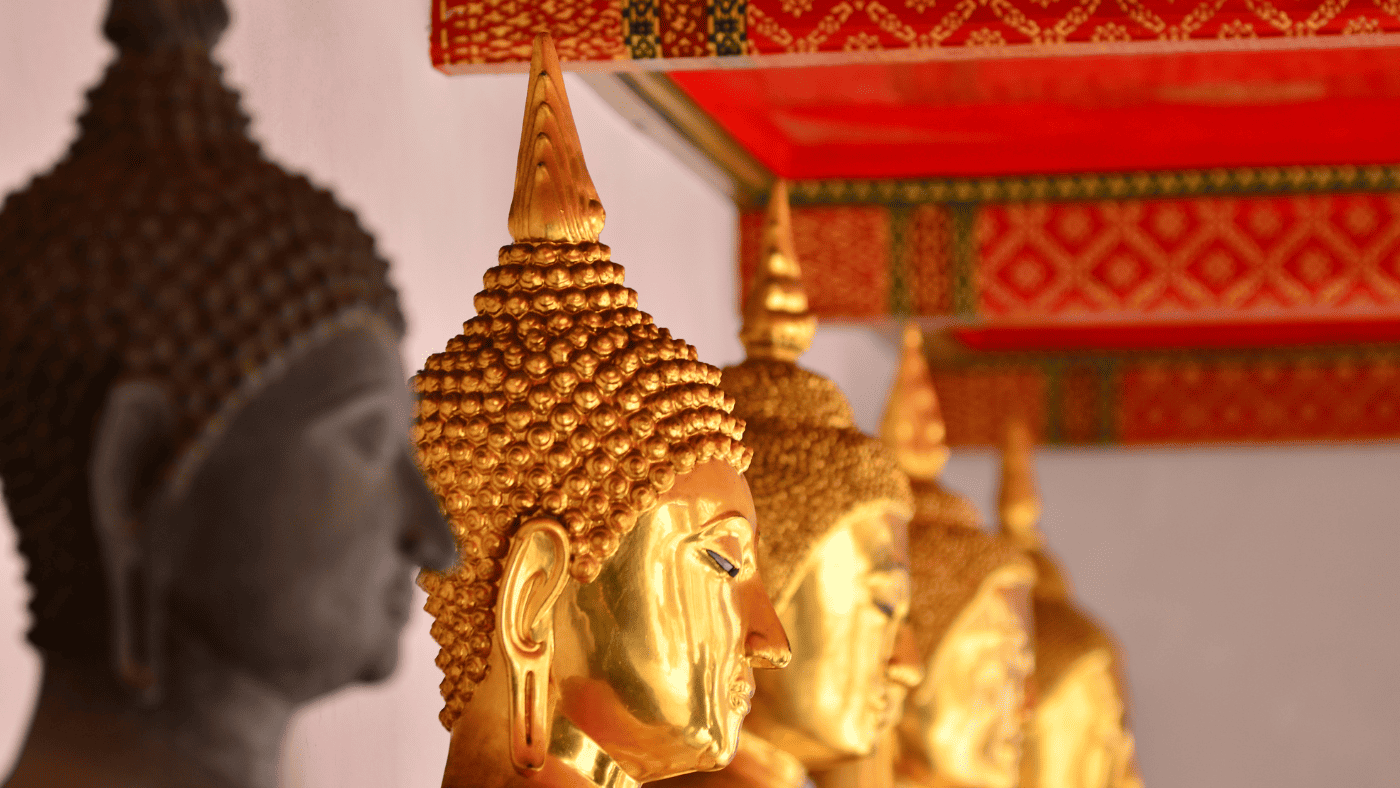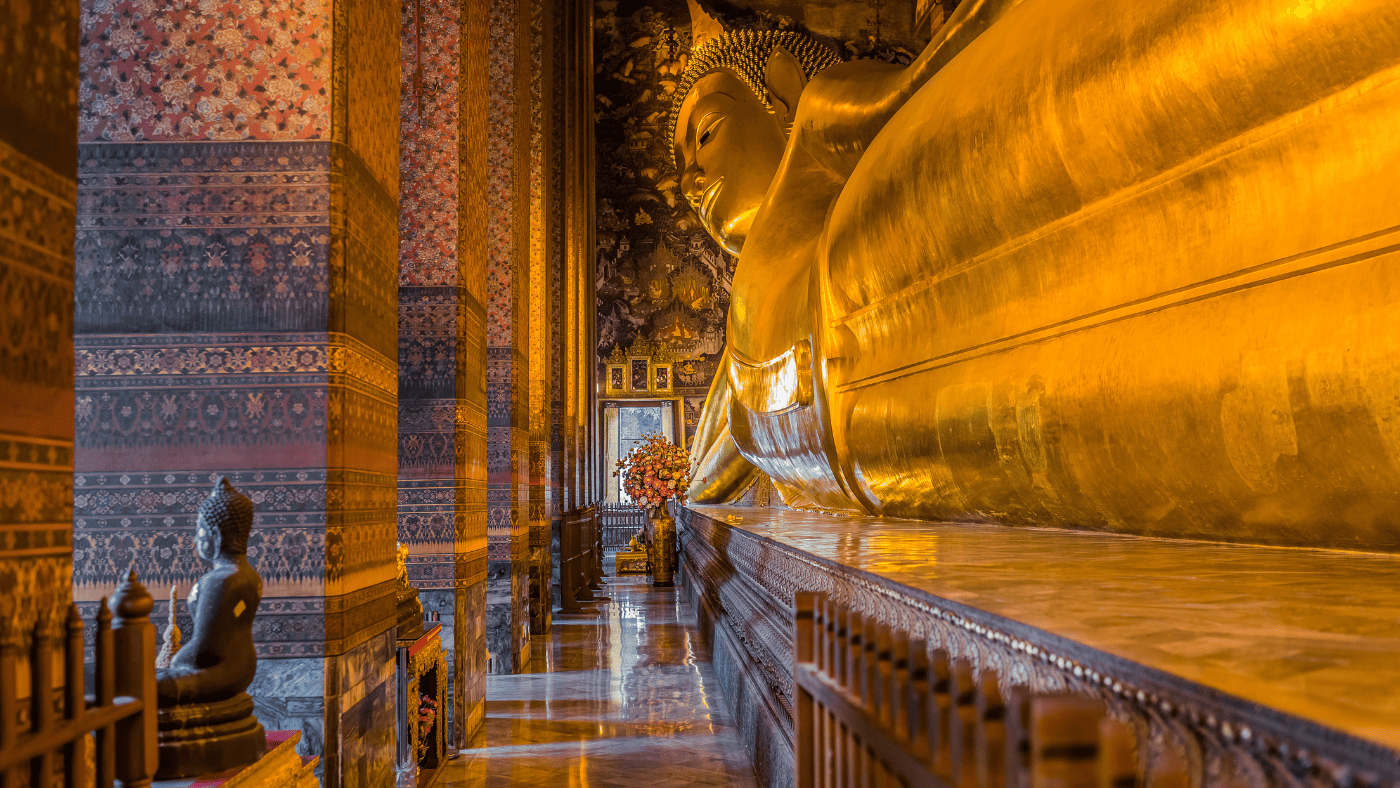Wat Pho, also known as the Temple of the Reclining Buddha, is one of the most significant temples in Bangkok. Famous for its spectacular architecture, rich history, and traditional Thai medicine and massage, this temple is a must-visit attraction for anyone visiting Thailand’s capital city. In this article, we will take you on a journey through the ancient wonders of Wat Pho in Bangkok.
A Brief History of Wat Pho

Wat Pho, also known as the Temple of the Reclining Buddha, is one of the oldest and largest temple complexes in Bangkok, Thailand. It is home to over 1,000 Buddha images and is a popular destination for tourists and locals alike.
Origins and Founding
Wat Pho was founded during the reign of King Rama I in 1782. Originally, the temple was named Wat Photaram and was built as a small temple complex in the center of the city. However, it was later expanded during the reigns of King Rama III and King Rama IV, transforming into the grand temple complex that we see today.
Legend has it that the temple was built on the site of an earlier temple that was believed to have been built by King Rama I’s father. The temple was said to have housed a large Buddha image that was covered in plaster to protect it from invading armies. When King Rama I came to power, he ordered the plaster removed and the image restored to its former glory.
The Temple’s Expansion and Renovations
The greatest expansion of Wat Pho occurred during the reign of King Rama III, who commissioned the construction of many new buildings and monuments, and the renovation of existing ones. During this period, the temple became a major center of learning and became known as the birthplace of Thai traditional medicine and massage.
One of the most notable additions to the temple during this time was the construction of the Phra Maha Chedi Si Rajakarn, a group of four large stupas that were built to honor King Rama III and his dynasty. The stupas are adorned with thousands of pieces of Chinese porcelain and are a stunning sight to behold.
Wat Pho’s Role in Thai History
Wat Pho played an important role in Thai history. In the early days of Bangkok’s founding, the temple was used as a place to teach traditional Thai medicine and massage to the general public. During the reign of King Rama III, the temple was also used as a center for the preservation of Thai literature and artwork.
Today, Wat Pho is still considered a center of learning and is home to one of the most prestigious massage schools in Thailand. The temple also continues to be a place of worship and is a popular destination for tourists who come to marvel at the beauty of the temple and its many Buddha images.
The Architecture and Art of Wat Pho

One of the most remarkable features of Wat Pho is its incredible architecture and artwork. The temple’s buildings and stupas are adorned with intricate carvings, delicate gold leaf, and colorful mosaics, making for an unforgettable sightseeing experience.
The Reclining Buddha
At 46 meters long and 15 meters high, the Reclining Buddha of Wat Pho is one of the largest and most impressive Buddha statues in Thailand. The statue is constructed entirely of plaster and covered in gold leaf, making it a sight to behold. Visitors can marvel at the statue’s size and beauty while learning about the various Buddhist symbols and meanings behind each element of the statue.
The Four Great Stupas
Located in each corner of the temple grounds, the Four Great Stupas are large structures that represent the Four Noble Truths of Buddhism. The stupas are decorated with colorful ceramic tiles and intricate carvings, and visitors can explore them to learn more about the symbols and meanings behind each design.
The Ubosot and Viharn
The Ubosot and Viharn are the two main buildings in Wat Pho. The Ubosot is the temple’s main prayer hall and is adorned with intricate carvings and gold leaf decoration. The Viharn is a smaller building that houses several important Buddha statues, including one made entirely of emerald.
The Gallery of Murals
The Gallery of Murals is a covered walkway that features a collection of beautiful and historically significant murals. These murals depict important events in Thai history, important Buddhist teachings, and daily life scenes.
Wat Pho’s Role in Traditional Thai Medicine and Massage

Wat Pho has been known as the birthplace of Thai traditional medicine and massage for centuries. The temple is home to a famous Thai Traditional Medical and Massage School, where students learn the ancient techniques and skills of Thai massage and traditional medicine.
The Birthplace of Thai Massage
Thai massage, or “Nuad Thai,” has its origins in the ancient healing practices of Wat Pho. The massage techniques are based on the principles of Traditional Chinese Medicine, and they involve the use of pressure and manipulation of various points on the body to improve overall health and wellness.
The Medical Inscriptions and Illustrations
One of the most remarkable features of Wat Pho’s medical heritage is its collection of medical inscriptions and illustrations. These ancient texts and images provide incredible insight into the history and development of traditional Thai medicine, and visitors can learn about the various herbs and therapies used in the practice.
Wat Pho Thai Traditional Medical and Massage School
The Thai Traditional Medical and Massage School is a popular attraction at Wat Pho with both tourists and locals. It is renowned for its high-quality instruction in traditional Thai massage and medicine. Visitors can observe the students practicing their skills, and even book a massage session for themselves.
Exploring the Temple Grounds

As you explore Wat Pho, you will discover a vast expanse of buildings and structures, each with its unique features and attractions.
The Courtyards and Gardens
The temple’s courtyards and gardens offer a serene and peaceful escape from the bustling city outside. Visitors can explore the various gardens and water features, including a beautiful pond that is home to several large fish and turtles.
The Sala Rai and Other Structures
Throughout the temple grounds, visitors can find several structures and pavilions that are used for various purposes. The Sala Rai is a covered pavilion where visitors can relax and take in the sights and sounds of the temple. Other structures include a library and various shrines.
The Temple’s Collection of Buddha Images
Aside from the Reclining Buddha, Wat Pho also houses a vast collection of other Buddha images. These images are made from a variety of materials, including bronze, marble, and wood, and are sure to impress visitors with the skill and artistry that went into their creation.
In conclusion, Wat Pho is a remarkable temple complex that is steeped in history and tradition. With its impressive architecture, stunning artwork, and important role in Thai medicine and massage, it is no wonder that this attraction is a favorite among locals and tourists alike. We hope that this article has inspired you to explore the ancient wonders of Wat Pho if you ever find yourself in Bangkok.

